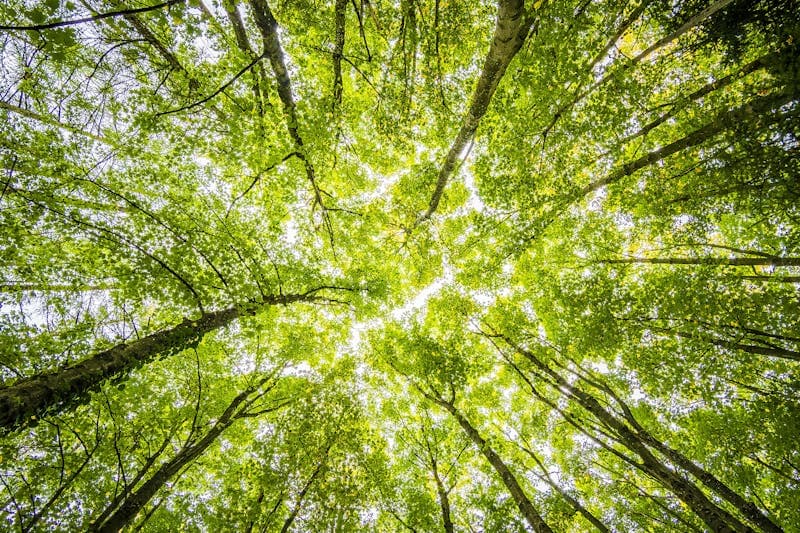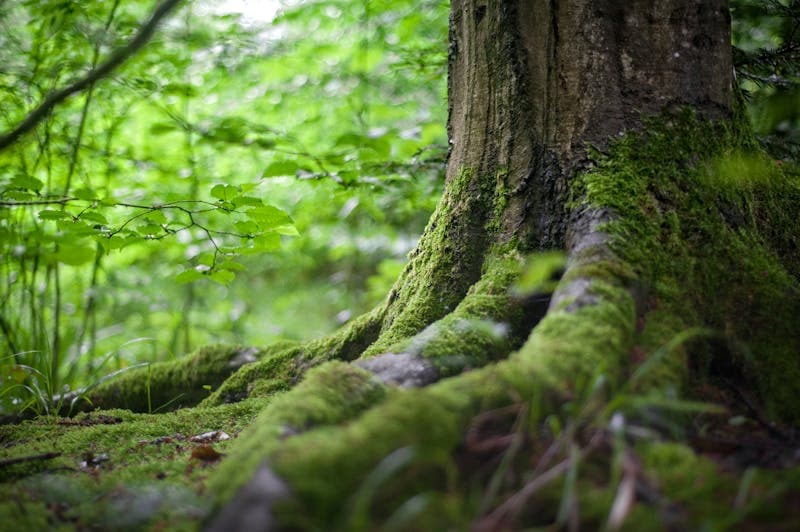Forest Management: An Explanation
Forests cover about 31% of the Earth’s surface, but face a serious threat of destruction. This not only changes the landscape of the planet, but also affects climate, biodiversity and the lives of local communities.
Sustainable forestry is becoming a key element in addressing these challenges, striving to balance human needs with the conservation of natural ecosystems. Like casinosinlicenciaespana.com, that shows that with intelligence and responsibility you can combine entertainment and concern for the future.
Types of Forests
Forests are divided into primary and secondary forests. Primary forests are areas where nature has been left almost untouched by humans, preserving its original appearance. They are home to a huge number of plant and animal species, many of which are found nowhere else.
The Amazon is an example of such forests, as well as Bukit Timah in Singapore, which is one of the best known primary forests in urban settings.
Secondary forests occur in place of deforested or damaged forest areas. They are characterised by a lower diversity of species and the absence of tree giants characteristic of primary forests.
These forests are often found in Europe and North America, where the landscape has been actively modified by human impact.
State of Forest Conservation
Forest conservation is critical to maintaining ecological balance and biodiversity on the planet. Sustainable forestry includes measures to protect forests from illegal logging, restore damaged areas and maintain the viability of forest ecosystems.
For example, in Singapore, where the Bukit Timah and Sungai Buloh reserves are key natural heritage sites, strict measures are taken to protect them.
Similar efforts are being made in other countries, such as Costa Rica, where successful environmental policies have led to the restoration of large areas of forest previously lost to logging and agricultural activities.
Caring for Special Places
Caring for special places represents one of the most important aspects of sustainable forestry. This not only includes the restoration and conservation of unique and rare forest ecosystems, but also protects biodiversity and maintains ecological balance.
Conservation efforts are underway in different parts of the world in areas such as coastal forests, humid tropics and ancient woodlands, each of which plays a unique role in the planet’s ecological system.
In Singapore, for example, a reforestation plan aims to protect unique places such as the Coastal Hill Forest in the Labrador Nature Reserve, which is a rare and unique habitat, home to plants that can survive in brackish water and poor soils.
Examples of actions to care for special places include:
- Restoration of coastal and coastal woodland, protecting biodiversity and supporting local ecosystems.
- Protecting ancient and primary forests, which play a key role in the global carbon balance and are home to many unique species.
- Creating wildlife corridors that connect dispersed woodland areas, facilitating animal migration and breeding.
Such measures not only preserve rare and unique ecosystems, but also ensure sustainable development of forests, contributing to maintaining ecological balance and biodiversity at the global level.

Benefits of a healthy forest
A healthy forest plays a key role in maintaining ecological balance and providing vital services for both the environment and humans. It contributes to cleaning the air, regulating the water cycle, conserving biodiversity and providing shelter for a multitude of animal and plant species.
In addition, forests provide resources for economic activity and are a source of food, medicine and shelter for local communities. The benefits of a healthy forest are numerous and multidimensional, including:
- Climate regulation: Forests play a critical role in absorbing carbon dioxide from the atmosphere, thereby reducing the impact of greenhouse gases. This helps slow climate change and maintain stable weather patterns.
- Protecting water resources: The root system of trees helps filter and purify water, providing quality water resources for people and wildlife. Forests also prevent soil erosion and reduce flood risk by slowing rainwater runoff.
- Biodiversity Conservation: Forests are home to more than 80 per cent of terrestrial animal, plant and insect species. Protecting forests helps to conserve biodiversity, which is important for ecological balance and ecosystem stability.
- Supporting local communities: Many local communities depend on forests for their livelihoods. Forests provide timber, food, medicine and other resources that these communities need to live.
- Improving quality of life: Forests offer places for recreation and tourism, helping to improve people’s physical and mental health. Walking in the forest, wildlife watching and other outdoor activities help reduce stress and increase overall well-being.
Healthy forests provide ecosystem services critical to sustaining life on Earth, and their conservation is key to a sustainable future for all species, including humans.
Conclusion
Sustainable forest management is critical to maintaining biodiversity and the well-being of our planet. Protecting forests contributes to climate regulation, water conservation and biodiversity conservation. Actions to conserve forest ecosystems make a significant contribution to global efforts to combat climate change and support sustainable development, ensuring that life on Earth can thrive.
